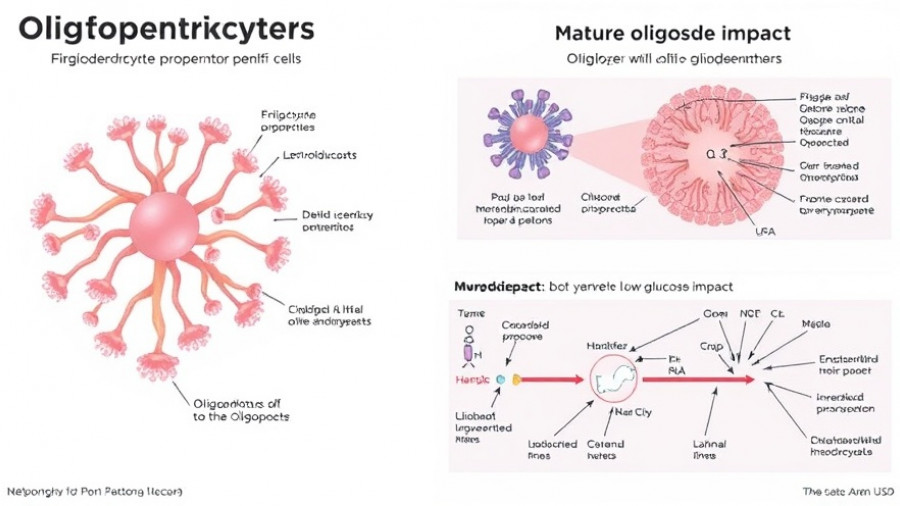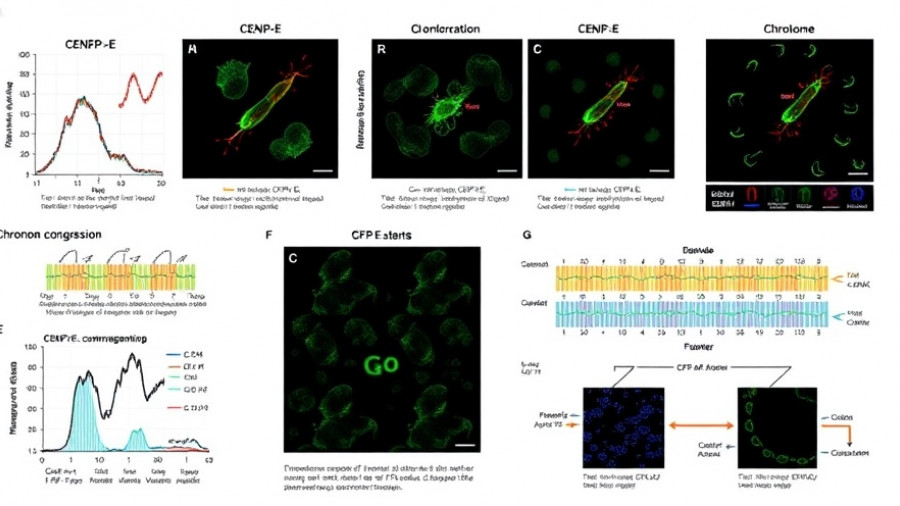
Unlocking the Secrets of Myelin Regeneration: How Glucose Sensing Advances Health
It’s no secret that the brain and nervous system heavily depend on glucose for energy; after all, our neurons are hungry little fellows, devouring a whopping 20% of the body’s energy supply. But what if I told you that our understanding of glucose could hold the key to unlocking remarkable regenerative powers in our myelin—the insulating sheath that protects nerve fibers? Recent research published in Nature Metabolism reveals just that, shedding light on how oligodendrocyte progenitor cells (OPCs) can manipulate glucose sensing signals to prioritize energy during crucial repair processes.
Glucose Sensing Goes Beyond Energy
The core of the research is the aldolase C–TRPV–AMPK signaling pathway, which serves as a bespoke mechanism, helping OPCs to sense available glucose. When glucose is limited—even in stressed conditions—these cells redirect their energy toward remyelination. This is crucial since myelin damage has been linked to various neurodegenerative diseases, including Multiple Sclerosis and diabetic neuropathy. Essentially, when myelin is compromised, the ability for our nerves to transmit signals diminishes, leading to impaired bodily functions and various health issues.
Understanding Myelin Dysfunction
Linking back to diabetes, research showcased in another study—“Diabetes-induced myelin abnormalities are associated with an altered lipid pattern” from PMC—highlights how diabetic conditions can adversely affect myelin composition. The changes in lipid profiles in diabetic rats demonstrate how diabetes can exacerbate myelin dysfunction. Thus, understanding how glucose sensing works not only sheds light on regenerative aspects but can also highlight preventative strategies against myelin-related degeneration caused by conditions like diabetes.
Implications for Longevity and Cellular Health
But why should healthcare aficionados and wellness warriors care? The implications for longevity, cellular health, and disease prevention are immense. By comprehending the intricate relationship between glucose metabolism and myelin regeneration, we get one step closer toward promising interventions that may alleviate symptoms associated with degenerative nerve diseases. Plus, could there be practical applications involving nutrition or supplements that promote optimal glucose metabolism? The answer is likely a resounding yes!
Biohacking Your Way to Better Myelin Health
For those of you devoted to a longevity-centric lifestyle, optimizing glucose metabolism could be pivotal. Here are a few tips to keep your myelin happy:
- Healthy Diet Protocols: Focus on foods that support stable blood sugar levels—think low-glycemic carbs, fiber rich foods, lean proteins, and healthy fats.
- Supplements for Longevity: Consider supplements that support cellular health and energy metabolism, such as Omega-3 fatty acids and antioxidants that can foster myelin repair.
- Regular Exercise: Get moving! Exercise significantly improves glucose uptake and enhances overall metabolic health.
The Road Ahead: Future Research and Applications
As we delve deeper into the implications of myelin regeneration, it’s thrilling to think about the future. What new treatments could emerge? Could we employ glucose modulation to enhance myelin repair in clinical settings? Research is ongoing, but one thing is clear: understanding the molecular pathways involved in our body’s energy systems opens up exciting possibilities.
Final Thoughts: Science Meets Wellness
For health-conscious individuals like you who crave science-backed insights, this line of research enfolds a magnificent opportunity. Embrace the potential of glucose sensing technology and let it inspire your personal wellness journey. Who knows, the next great biohacking technique might just stem from understanding how our body employs glucose!
Are you ready to explore how glucose metabolism can enhance your healthspan and longevity? Join the biohacking movement today!
 Add Row
Add Row  Add
Add 




Write A Comment